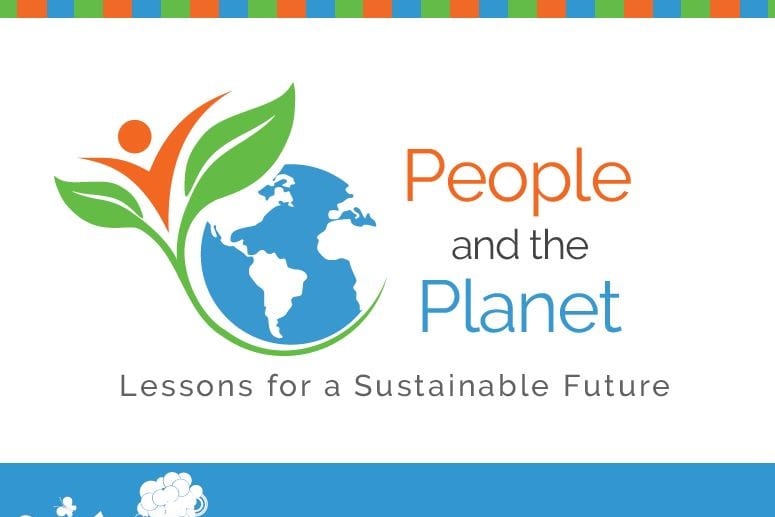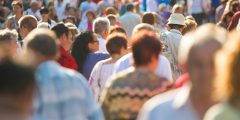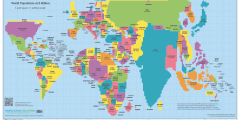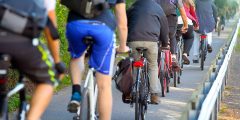Filter Products by Grade Level
People and the Planet: Lessons for a Sustainable Future
$15.00
◊ Do you already own People and the Planet? Login here >>
In our increasingly interdependent world, People and the Planet is a must for the middle school classroom. This interdisciplinary curriculum helps students understand the connections between human population growth, the environment, and our global family while inspiring them to tackle some of the most pressing challenges of the 21st century.
An environmental education and global studies guide in one, People and the Planet covers concepts central to science, social studies, and math, while reinforcing skills in English Language Arts. Through 40 innovative activities, 18 readings, and 31 infographics, students explore contemporary issues like climate change, water scarcity, global wealth inequality, solid waste management, and more. Hands-on strategies keep students engaged, while emphasis on analysis and real-world problem solving make the activities an ideal match for addressing Common Core and NGSS standards, as well as the C3 Framework and National Curriculum Standards for Social Studies.
People and the Planet is an on-line curriculum with an easy-to-use interface. The content is organized into seven comprehensive units made up of lesson plans, student readings, a summative assessment, infographics, a glossary, and sources for further research. After purchasing, simply set-up a user account to access the materials anytime you’re online!
Units include: History of Population Growth; Population Concepts; Land Resources; Water Resources; Air Pollution & Solid Waste; Our Global Family; Sustainable Future All units can be downloaded separately for $3 per unit.
Preview Lesson Plans & Readings
Sample a few of the lessons and readings found in the curriculum:
Lesson plans:
For the Common Good (pdf): In two simulation games, students determine individual short-term consumption strategies that will maximize resources for the entire group.
People on the Move (pdf): Students participate in a “push/pull” simulation to identify reasons people migrate from one place to another and analyze the similarities and differences between two real-world migrations.
Population Future (pdf): Students interpret a graph showing global population projections through 2100, then create gridded bar graphs to represent the relative size of different regions’ populations for different years (past and future).
Secret Life of Stuff (pdf): Students compare the life cycle stages of four everyday products in order to hypothesize which item has the lowest environmental footprint, and then brainstorm possible improvements to one product’s life cycle to minimize its eco-impact.
Readings:
The History of Us (pdf) – Most human population growth has happened in the past 200 years. Students learn about historic events that impacted population size and discover how and where our numbers are projected to change in the future. Glossary included.
The Human Footprint: Land (pdf) – As population grows, we develop wild areas and arable land and overuse resources like soil, minerals, and timber. Students analyze how our land use impacts habitats and ecosystems while exploring ways to preserve land resources. Glossary included.






